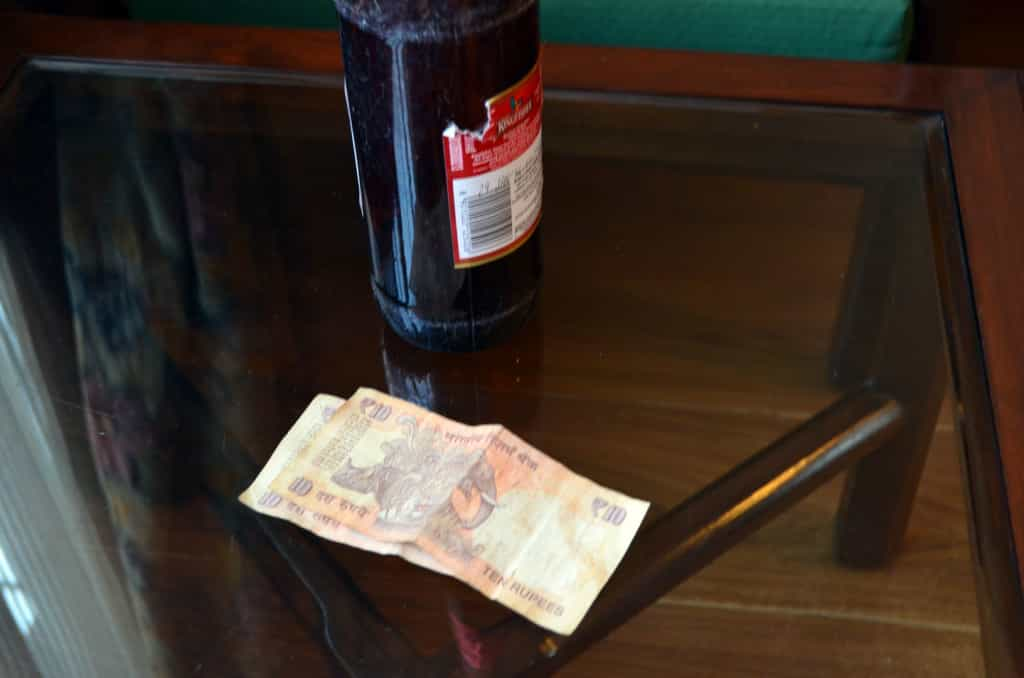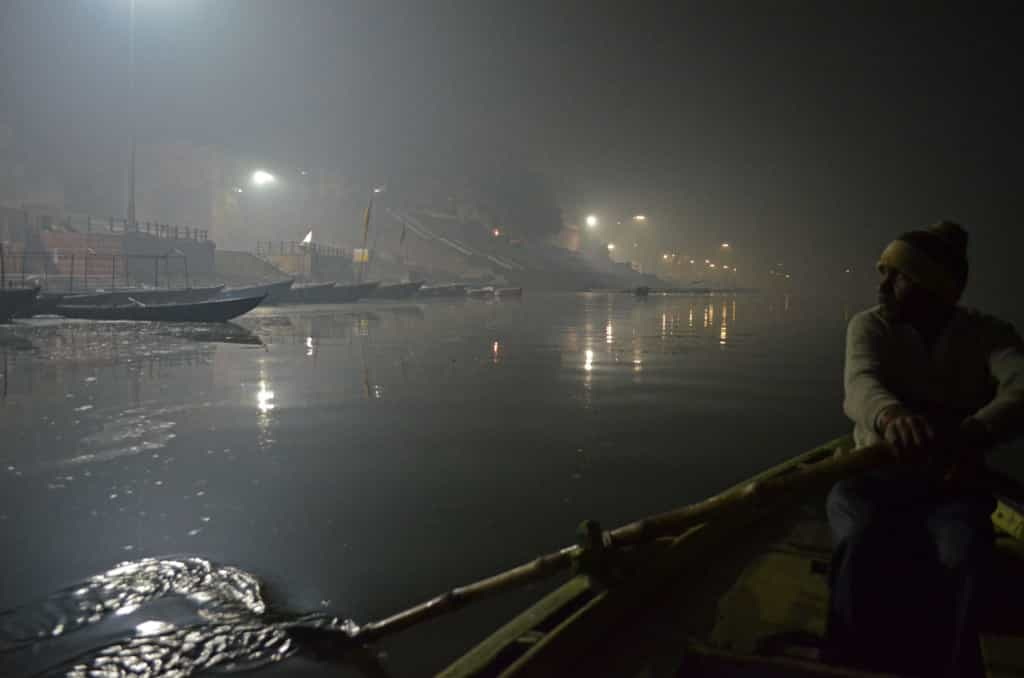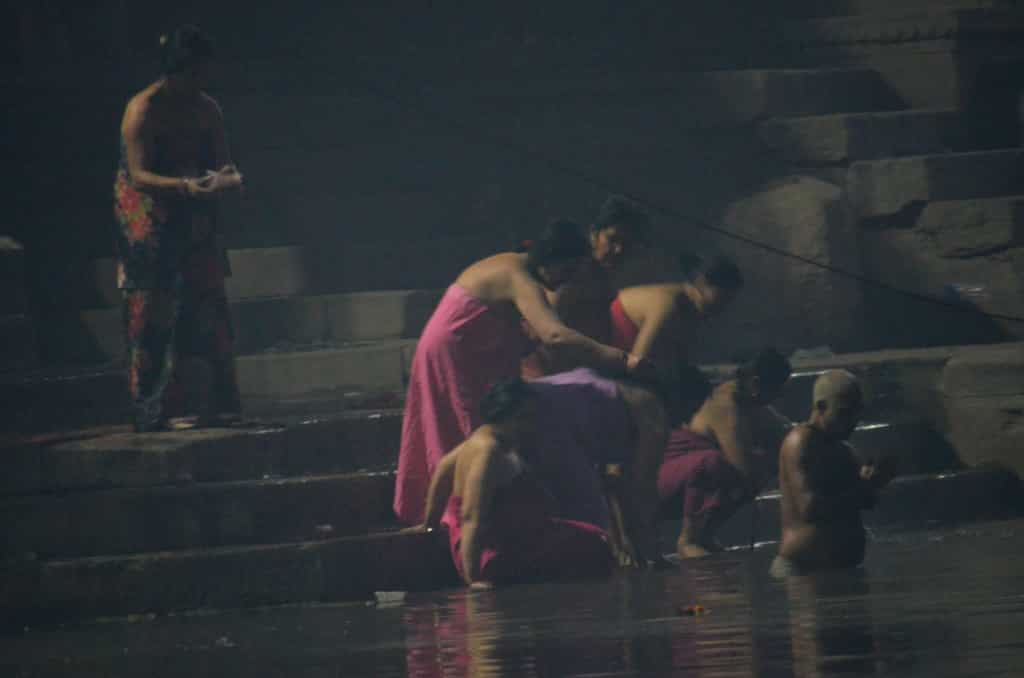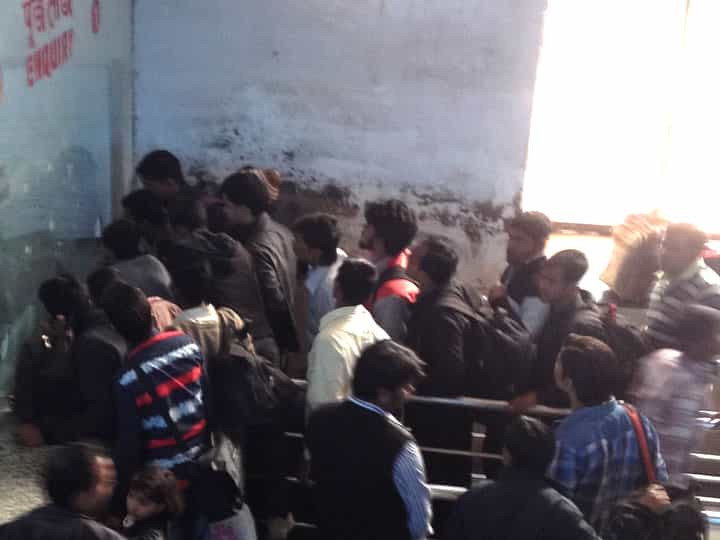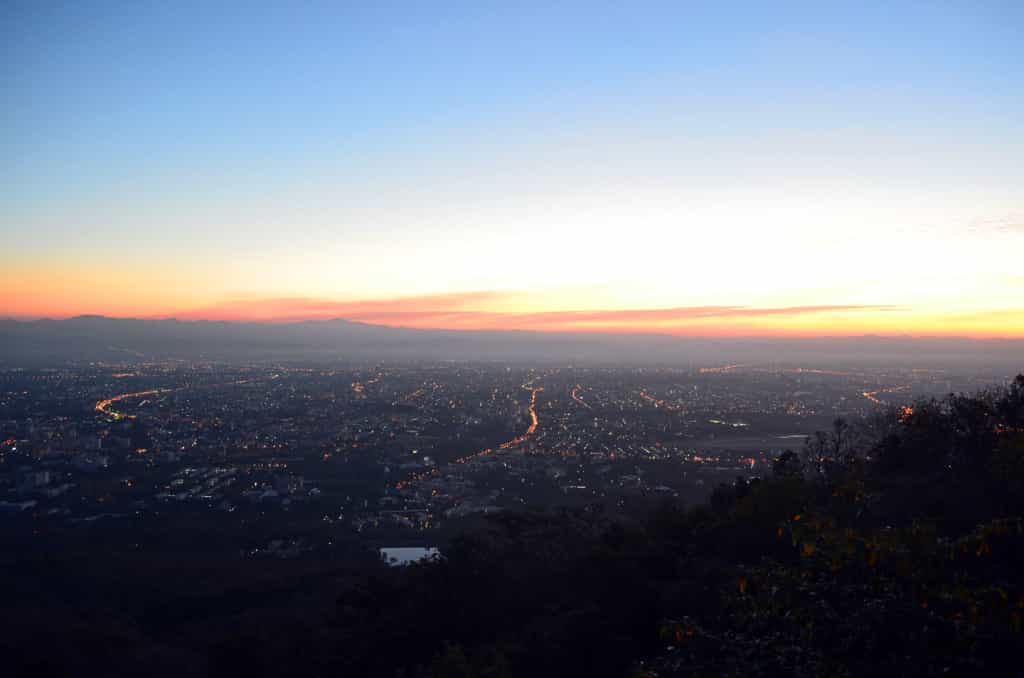I flew to Mumbai to meet my girlfriend Michelle, who had business in India for a few weeks. This pulled me out of the world of cheap little hotels and into the international standard I was also used to when I travelled for work. What I was not expecting was that the official airport taxi driver did not know where the hotel was. He asked two other drivers and they didn’t know either. He drove off and stopped at a little office near the exit of the airport and emerged apparently confident. We did get there. This often happens to me, especially when I stay in very small hotels. I usually look on Google map and find the nearest important business, hospital or park as a reference. But I never thought to do that for a 5 star hotel.
I mean this is the hotel! 37 storeys tall, on top of probably the poshest mall in all of India! Michelle’s theory was that people who stay there would never set foot in an Indian public taxi. She certainly didn’t. The hotel sent a car and driver. In the high-end malls we visited, very few Indians took taxis. They would not walk to the parking, but rather to the exit, cell phone in hand, and their driver would pick them up. Due to the salaries for low-skill work in India, basically if you can afford a nice car, you can afford a driver.
The mall was connected to two smaller malls (not as fancy, but OK), and the space between them had been fenced off. This meant that once you went through security screening to get into one, you could go to the other without further screening. In other places in India, we experienced the annoyance of having to go through 3 airport-like security screenings in 10 minutes. But I am not complaining, as the threat from Islamic terrorism is always very high in India.
We did go for a walk to buy some beer. Of course the hotel had some, but the markup was about 1,000%. In fact, the prices were the same as in any 5 star business hotel in the world, despite being in a country with such a low cost of living. It was similar to the time I stayed with a friend who was on business in Bucharest. Since alcohol is taxed in India, the markup was not even as much as for the food. Basically, for the price of a bowl of soup at the St-Regis, I could eat 10 meals in India. Maybe 20.
 This is what liquor stores typically look like. Rules differ by state, but the ones I saw tended to be Government-run. They are mostly as creepy as this one. You can’t go inside and you order through iron bars. Uninviting is the mother of all understatements and you really feel like you are doing something wrong by going there. “I’ll have a pound of heroine please”. They are also generally scammy and will quote inflated prices to foreigners.
This is what liquor stores typically look like. Rules differ by state, but the ones I saw tended to be Government-run. They are mostly as creepy as this one. You can’t go inside and you order through iron bars. Uninviting is the mother of all understatements and you really feel like you are doing something wrong by going there. “I’ll have a pound of heroine please”. They are also generally scammy and will quote inflated prices to foreigners.
If something goes wrong in your life and you end up in India, you should know that it is the only country in the world that has a system of “Maximum Retail Price”. This is a beer I was sold at a much larger such government store, where you could walk in. The clerk didn’t take it from the main fridge but reached under the counter and gave me this one. The small piece of label missing is where the price is written. The next day I went back and the same thing happened. I asked for one with the whole label and then I did what I never do. I made a gigantic scene. It was rush hour at the liquor store and here I was, slamming my fist on the counter, screaming vulgar insults at the clerk at the top of my lungs. He was quite petrified – not sure by what feeling – trying to pretend I wasn’t there, even though other shoppers were in stunned silence themselves. I have absolutely no doubt that I embarrassed myself more than anything else. But: a) I couldn’t care less. b) It was fun. c) He gave me my 20 Rupees back from the night before.
Then I realized the mall had this store! Probably the nicest liquor store in India. I think it was called Living Liquids, but the LED sign changed to a Bud advertisement when I took the picture.
I loved the Palladium Mall. The great thing about it was that it was located in a business district, not a touristy area. So if you spent the money to live there, you could avoid a lot of the unpleasantness of India, without isolating yourself from Indians. You were just around wealthier Indians. I mean look at that place: there are young woman walking around alone! You would never think you are in India. I would lounge in Starbucks reading the news while Indian women chatted and teenagers studied for exams. And at the table next to me, an elderly businessman was giving feedback to a young manager about the plan she had come up with for some business meeting. I pretended to keep reading the news while I listened in and discovered the differences and similarities of how to pitch something to a potential business partner in India vs North America. My most pleasant moments in the country. Continue reading



